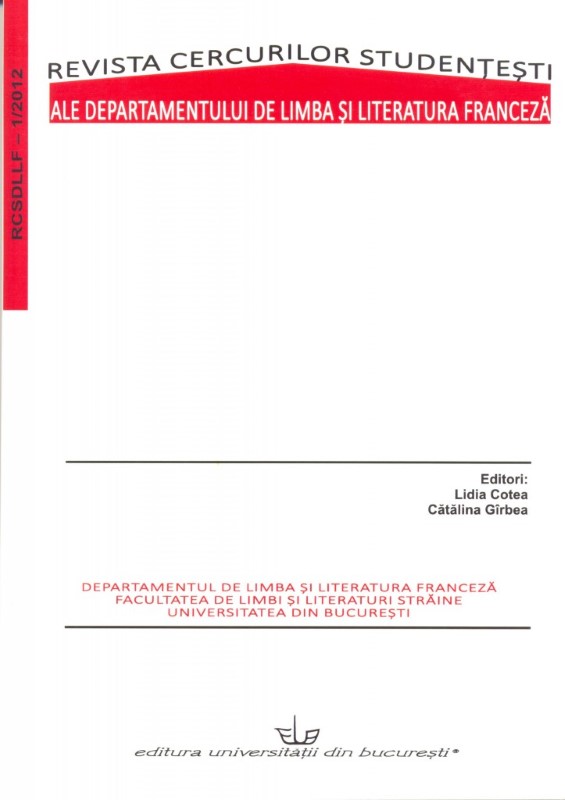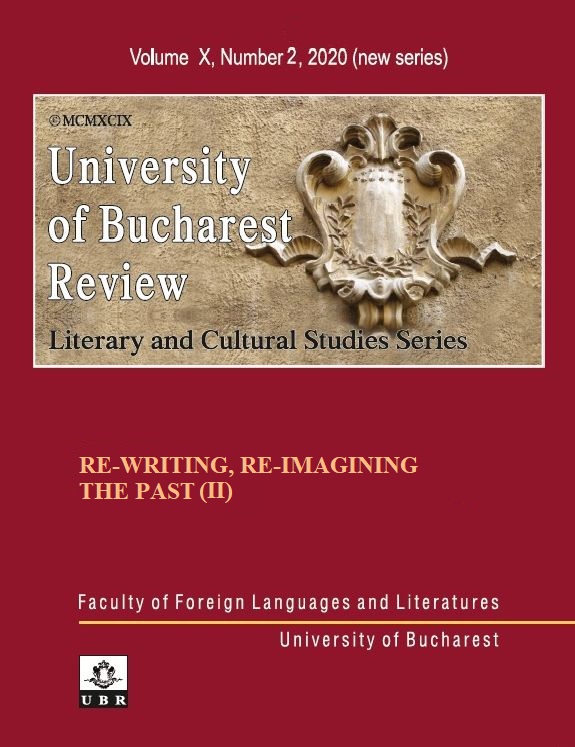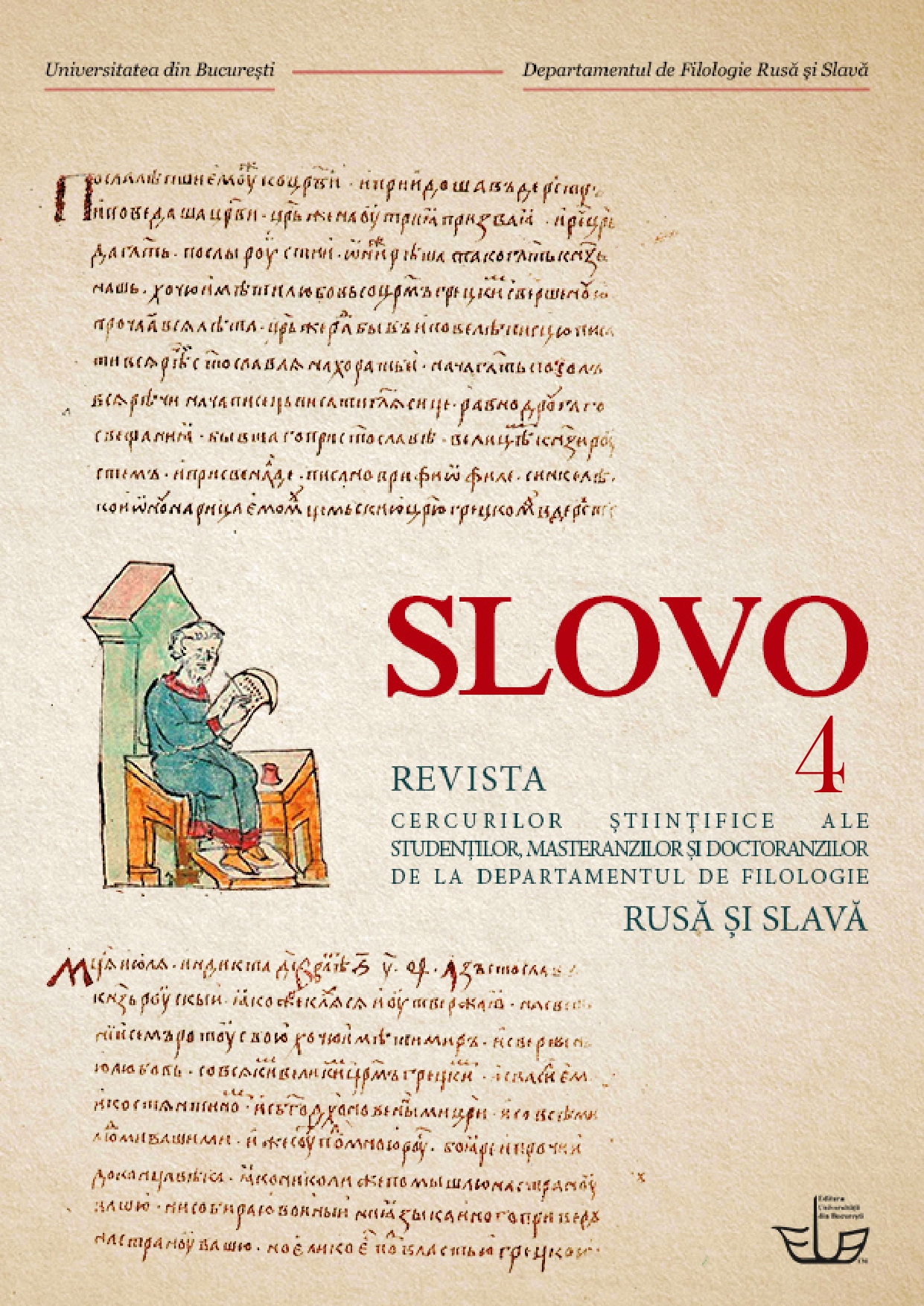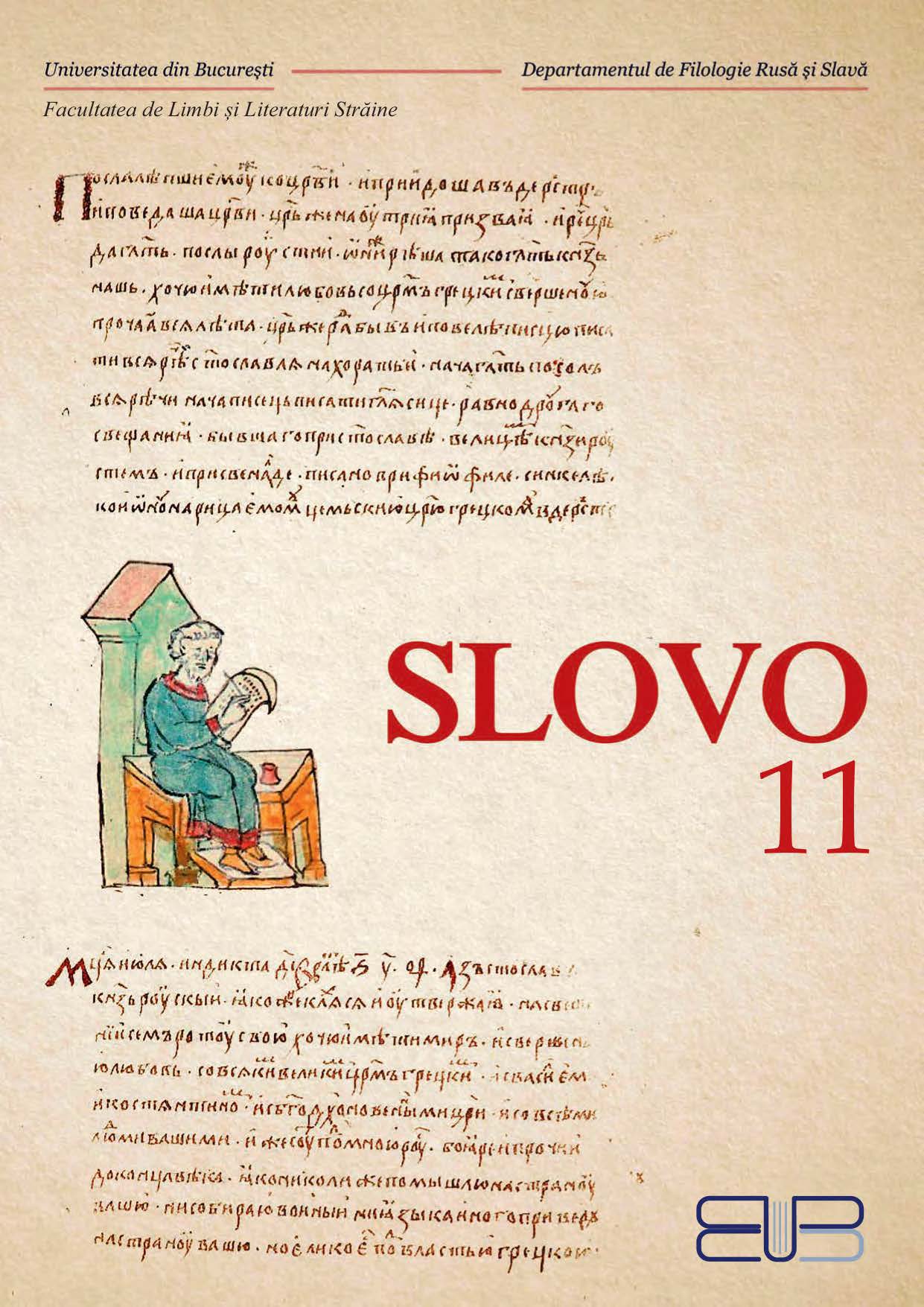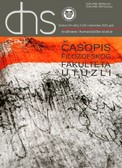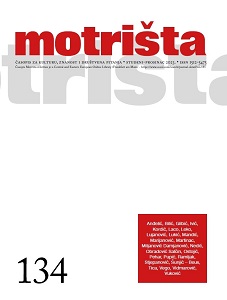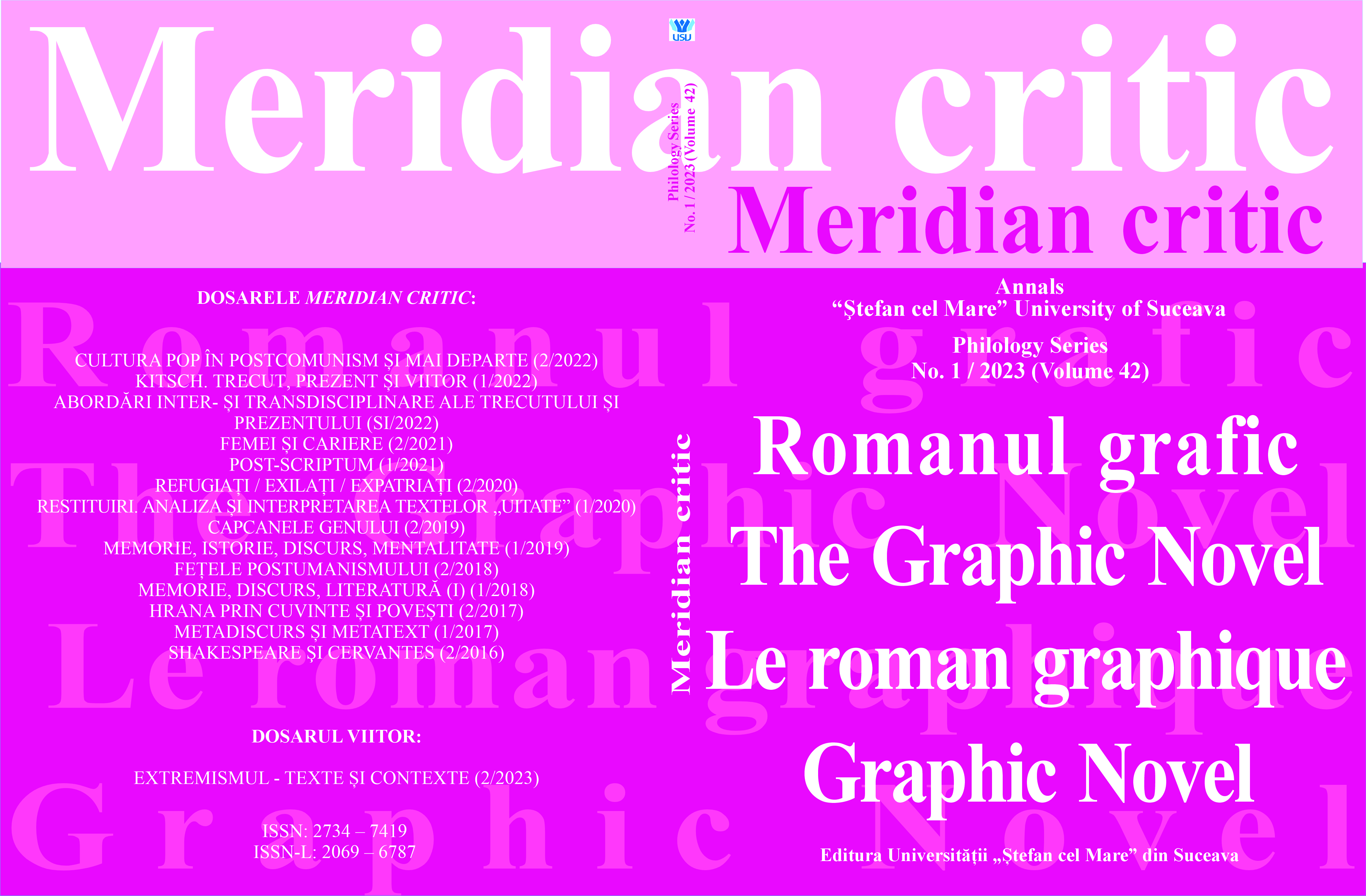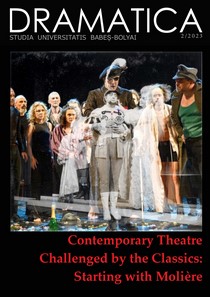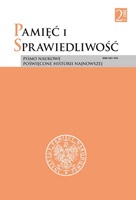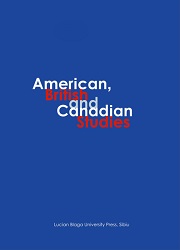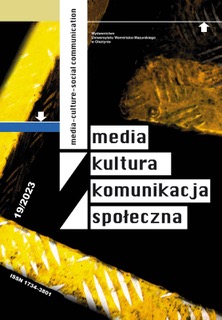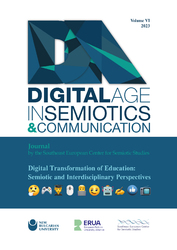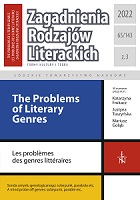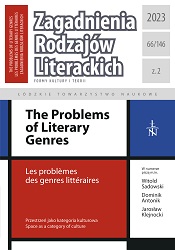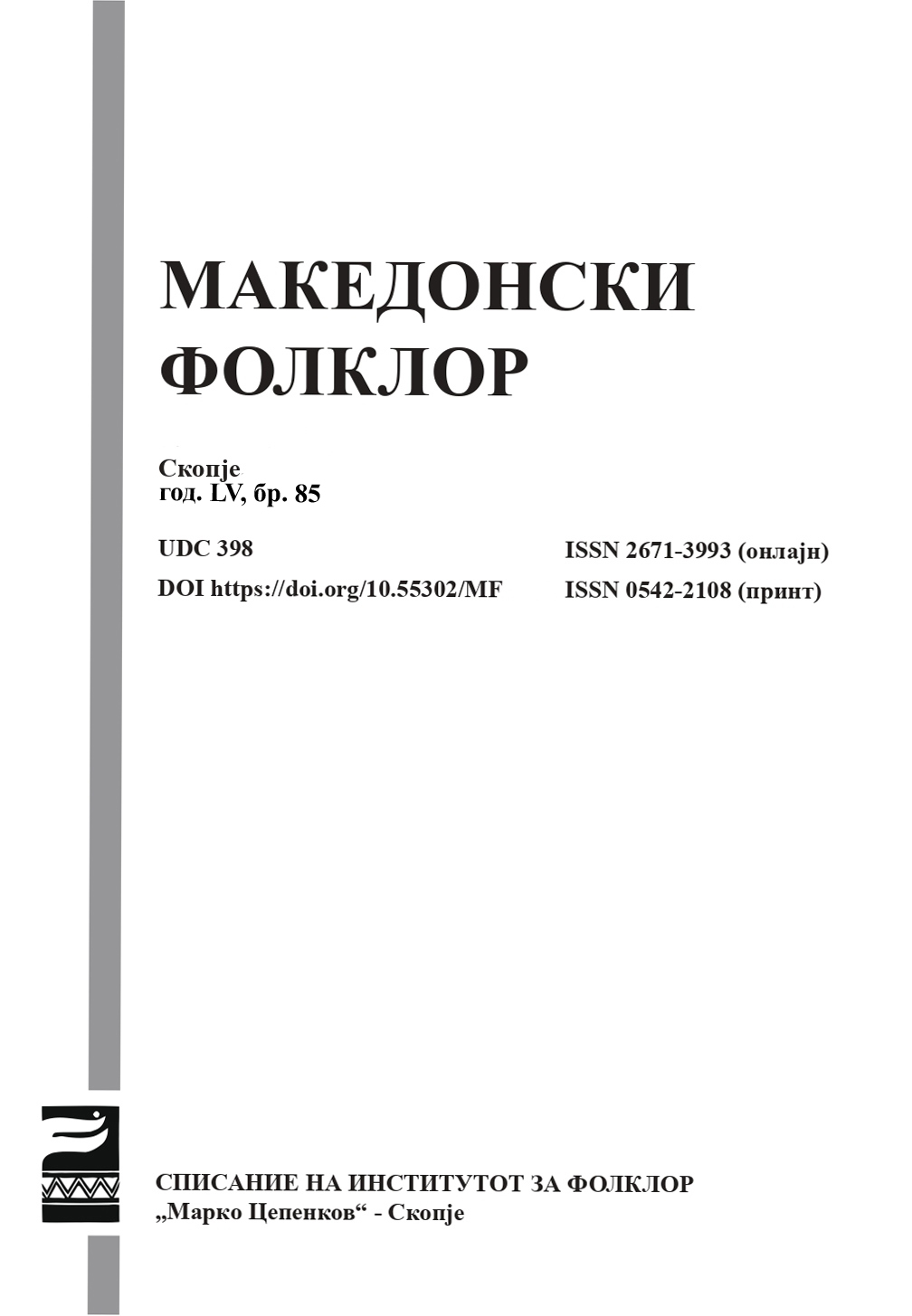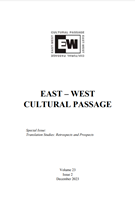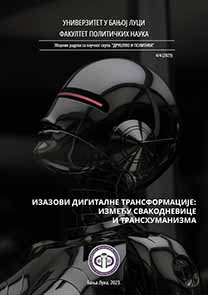La place du grand frère. Les échanges culturels entre l’Union Soviétique et les démocraties populaires à l’époque communiste
The role played by the USSR in the popular democracies in Central and Eastern Europe is both overestimated and underestimated in current works. It is overestimated in numerous studies, which consider the imposing force of the “Soviet model” to have been acquired when these countries fell under the Soviet sphere of influence at the end of World War II. The mere definition of a model is however anything but clear: its transplantation had many loopholes and showed significant discrepancies depending on the periods and areas taken into consideration. It is underestimated since the entire array of exchanges made with the USSR during the socialist period have rarely been fully considered. While much attention was paid to the relationship between the East and the West during the Cold War, this special issue aims to address an underresearched topic, the cultural relations between the popular democracies and the USSR. By focusing on different countries and on different forms of exchanges in literature, visual arts, architecture or cinematography, the various contributions to this special issue are hopefully expanding the study of East-East relations, while offering a necessary comparative understanding of how each country shaped its own communist experience.
More...
